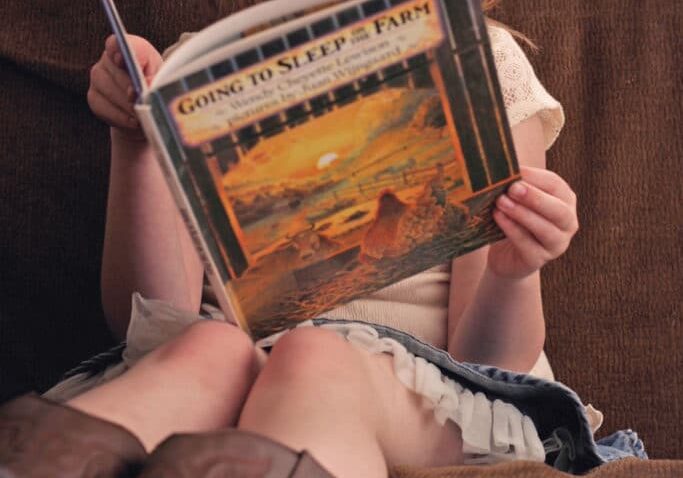For many parents, the first time their child asks about or points out a person with a disability in public is an awkward experience. Even if the child already has someone in their life who has a visible disability or difference, they are likely to be curious about strangers. They may ask questions — often loudly and bluntly.
Have an honest and age-appropriate discussion
For many preschool or kindergarten-aged kids, their first experience interacting with peers or adults with a disability may be in a classroom setting. They may come home with questions or stories that may be hard to answer. If a child asks about someone with a disability or difference, the best thing to do is have an honest and age-appropriate discussion. It’s an excellent opportunity to explain that sometimes other people may look different, but that doesn’t make them “weird” or scary.
Don’t ignore a child’s curiosity about disabilities
As tempting as it may be, the worst thing you can do at home or in public is brush off or ignore a child’s curiosity. As parents, we’ve all been there. Our child says something in public that is mortifying, and our first instinct is to run in the opposite direction. Kids can be brutally blunt sometimes, but if your child does happen to point out someone with a noticeable difference or disability in public, it’s essential to address it.
I’d rather have parents teach kids to be curious than to be afraid
As a person with a facial difference and as the mother of two kids with various disabilities, I can tell you from experience I’d rather have kids ask direct questions than point, whisper, and stare. I’d rather their parents teach them to be curious than to be afraid of someone who looks different.
Don’t ignore your child’s questions, even though you may feel embarrassed. If you feel comfortable, encourage your child to say “Hi” to the person they’re inquiring about. If not, a smile and a wave goes a long way and can be enough to show your child that it’s important to be kind.
Normalizing differences from a young age
One thing you can do is start a discussion with your child about disability and special needs in a positive, matter-of-fact way before they even bring it up. A great way to do this is to introduce books, television shows, or films that feature a character with a disability. Normalizing differences promotes inclusion from a young age.
Using person-first language is also helpful when talking with kids. For example, Instead of saying, “autistic child,” you can say, “the child with autism.” Phrases like these can emphasize to your child that, while there are differences between them and their peers, there is also much about them that is the same. It also stresses that a child with a disability is not defined by their diagnosis.
Modeling acceptance and inclusion is essential
The most important way to teach a child acceptance of differences is to model it. Since children tend to follow what parents do, it’s crucial that your actions send the right message. If you have a negative attitude towards someone, so will they.
It’s ok to point out similarities that your child and a disabled peer may share, but don’t try to convince them that someone with a disability is just like they are. Instead, acknowledge the differences and clarify that there is nothing wrong or bad about them.
Celebrate and value diversity
Allowing children to learn and appreciate that we all have similarities and differences is a great way to show them that everyone has unique gifts and abilities. Diversity should be celebrated and valued.
Posted in: Special Needs
Comment Policy: All viewpoints are welcome, but comments should remain relevant. Personal attacks, profanity, and aggressive behavior are not allowed. No spam, advertising, or promoting of products/services. Please, only use your real name and limit the amount of links submitted in your comment.
You Might Also Like...

COMPASS Offers Innovative Services for Adults with Disabilities
Living independently presents numerous challenges for adults with disabilities, including the management of medications, therapies and medical equipment, as well as navigating limited mobility, transportation barriers and safety concerns. The […]

Strengthen Your Relationship When Raising a Child with Special Needs
Raising a child with special needs is equally difficult and rewarding. The daily challenges of parenting a child with special needs can be taxing, leaving parents feeling physically, emotionally, and […]

Children and Adults Find Healing and Connection at Roughout Ranch
“Everyone wants to be heard and to belong,” says Kathy Rutan-Sprague, Program Director at Roughout Ranch, nestled on 15 acres in the foothills just outside Redding. Here, children aged 2 […]

Challenges and Benefits of Having a Sibling with Special Needs
Having a sibling with special needs is a unique experience that provides both challenges and benefits to children. While there is no doubt that they love their sibling with special […]





